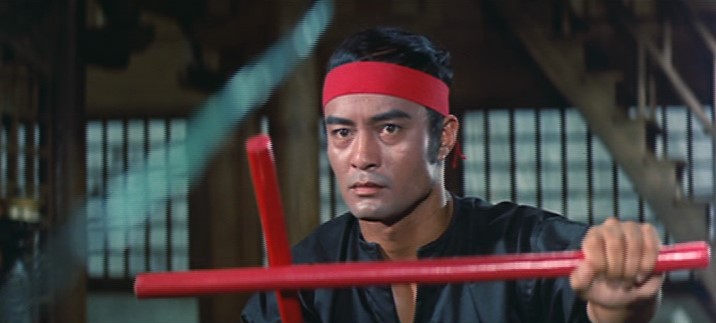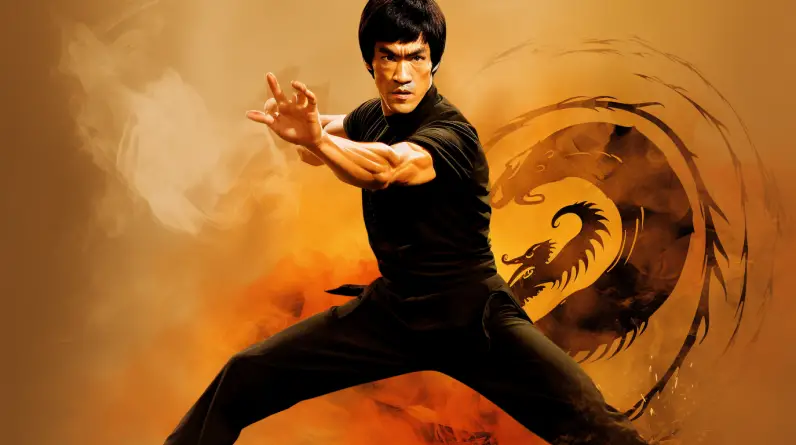
When you hear the name Bruce Lee, images of a lean, chiseled physique and high-flying kicks might immediately spring to mind. The martial artist, actor, and philosopher was undoubtedly a paragon of physical fitness and mental discipline. But, did you know that one of the secrets behind his incredible strength and endurance was the use of isometric exercises? Let’s delve deep into Bruce’s connection with these exercises, their benefits, and how they contributed to his unmatched prowess.
What are Isometric Exercises?
To kick things off (no pun intended), let’s first understand what isometric exercises are. In simple terms, these exercises involve contracting a muscle or a group of muscles without any visible movement in the angle of the joint. This means the muscle doesn’t noticeably change length, and the affected joint doesn’t move. It’s all about holding a position, resisting against an immovable object, or pushing/pulling without moving. Think of pressing your palms together or pushing against a wall. It’s thought that prolonged practice of these exercises can strengthen tendons and ligaments, while increasing muscle density.
Bruce Lee’s Endorsement
Bruce Lee was a big fan of isometric training. It’s said that he discovered its benefits during his rehabilitation from a back injury in 1970. With limited mobility, traditional exercises were out of the question. Yet, Bruce, with his never-give-up attitude, turned to isometric exercises to maintain and even enhance his strength.
In his writings, Bruce mentioned, “I believe in isometric exercises. They are very good for muscle tone.” Clearly, he valued these exercises not just for rehabilitation, but for overall muscle health and development.
Types of Isometric Exercises Bruce Lee Practiced
While Bruce Lee incorporated a myriad of exercises into his training, a few isometric exercises stood out:
- Tension exercises: Bruce would tense and relax his muscles in systematic sequences, starting from his feet and moving up to his face.
- Wall pushes: He would push against a wall as hard as possible, recruiting various muscle groups.
- Iso-chain exercises: Using a chain, Bruce would pull or push against an unmovable anchor, like a post or beam, maximizing his muscle contraction.
The Benefits
Now, why was the “Dragon” so enamored with isometric exercises? Here are some of the benefits:
- Versatility: They can be done anywhere, anytime. No need for heavy equipment.
- Safety: Less risk of injury, especially for someone recovering, like Bruce did.
- Efficiency: They target the muscle’s deepest fibers, leading to improved strength even in short sessions.
- Stabilization: They stabilize the muscles and joints, helping in better movement and balance – crucial for martial arts.
Bruce once stated, “Long, drawn-out exercises are a waste. It’s not the hours you put in, but what you put in the hours.” This rings true especially for isometric exercises, where even a few minutes can produce tangible results.
Incorporating Isometrics into Your Routine
Inspired by Bruce Lee’s endorsement? Here’s how you can get started:
- Static Plank: Lie face down, then lift your body up on your elbows and toes. Keep your body straight and hold.
- Wall Sit: Slide your back down a wall until your thighs are parallel to the ground, as if you’re sitting on a chair. Hold.
- Hand Press: Press your palms together in front of your chest and push. You’ll feel the tension in your arms and chest.
Final Thoughts
Bruce Lee’s embrace of isometric exercises underscores their importance in achieving peak physical fitness. They are a testament to the saying, “It’s not about working harder, but smarter.” Whether you’re rehabilitating an injury, looking to improve strength, or just want to add some variety to your routine, consider giving isometric exercises a shot. As Bruce Lee once said, “Absorb what is useful, discard what is not, add what is uniquely your own.” Perhaps, for you, isometric exercises could be that unique addition to optimize your fitness journey!






